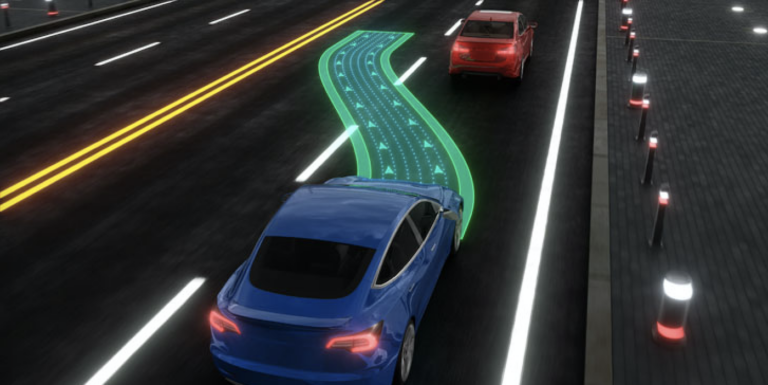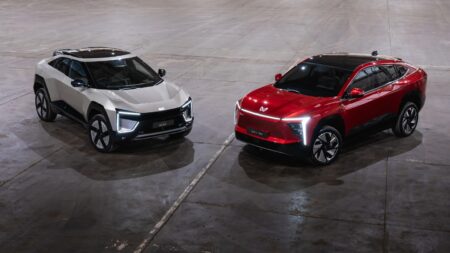There is a widespread public expectation that autonomous vehicles will offer comfort levels approaching those of a living room environment, with passengers able to work, read from a screen, watch a movie or hold a conversation while in motion, perhaps while seated in a swivelled, side- or rear-facing position. However, while physically comfortable, that disconnect between the motion as experienced by the inner ear and what the eyes are perceiving could create motion sickness. To help solve this problem, Ricardo is developing technology to minimize the risks of motion sickness, which the company says could also bring benefits for conventionally-driven vehicles.
A Ricardo Innovations research team has been investigating the causes and exacerbating factors for motion sickness (formally referred to as kinetosis) and is using this data to develop algorithms that can be used to improve ride comfort and avoid motion sickness. For all vehicles, the software would be advantageous in informing the optimal specification of suspension to provide the most desirable ride and handling characteristics. Additionally, for autonomous vehicles, the algorithms could be used with the real-time adaptation of multiple sensory aspects of the cabin environment – control of temperature, lighting and scent – as well as influencing the discretionary path taken in manoeuvres such as cornering, stopping, starting and overtaking.
Testing has already been carried out by Ricardo using adult volunteers to help calibrate the kinetosis algorithms, but further data is needed for 4 to 18 year-olds, the cohort likely to benefit most from this technology. To this end, the Ricardo team is working with UK university partners in a larger-scale research program involving the participation of local schoolchildren (monitored, of course, in accordance with ethical and safeguarding standards).
The project, the results of which are expected to be available for algorithm validation later this year, will be tied to the science curriculum and has been greeted with enthusiasm by teachers. As well being important in the development of autonomous vehicle control systems, the data obtained is also expected to be valuable in validating the kinetosis algorithms for application in new vehicle design.
According to Ricardo, this technology is already attracting “serious interest” from OEMs developing both autonomous cars and conventional premium vehicles, and from those developing mobility-as-a-service products. As such, it could transform the way that we travel in the future, making journeys – whether piloted by a human driver or autonomous vehicle control system – more comfortable and less prone to motion sickness.





